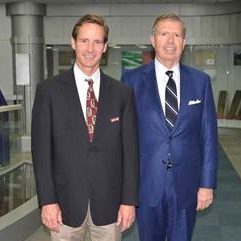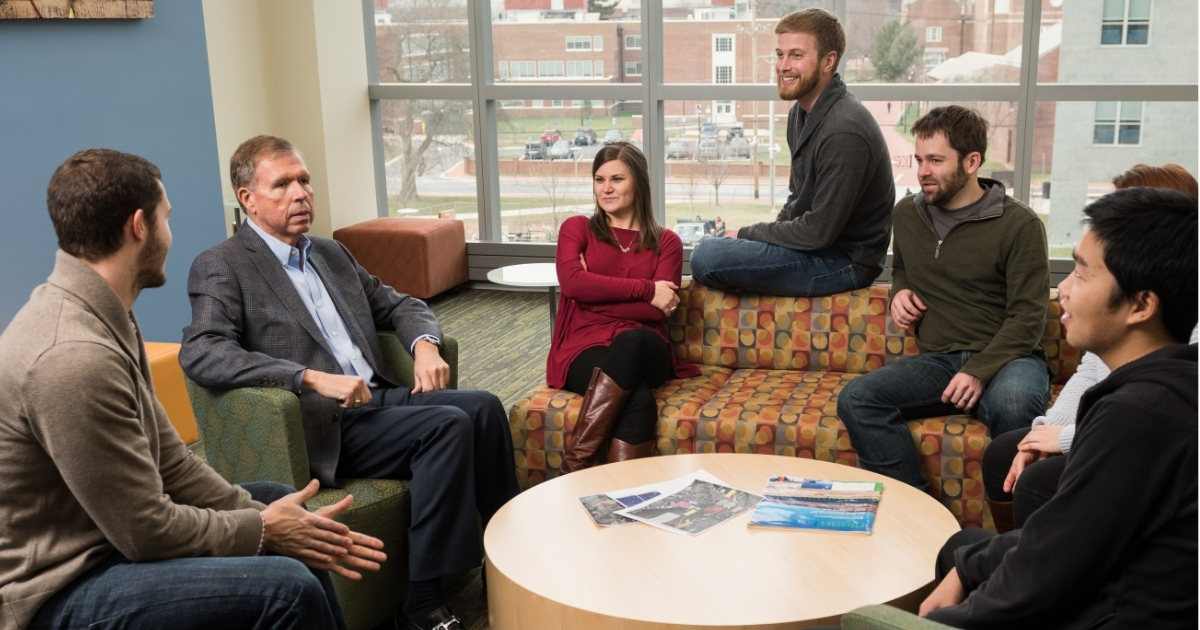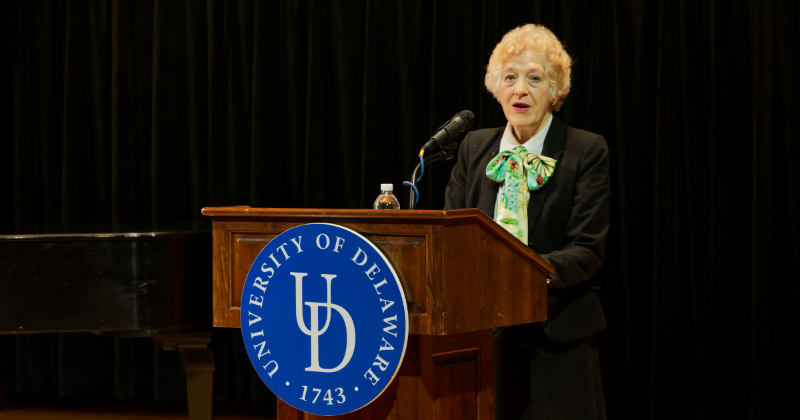
Lectureship in Soil and Environmental Sciences
Topic: Belowground dynamics of recently fixed plant carbon in a California annual grassland
In the 2023 edition of the Sparks Lectureship, Mary Firestone discussed plant roots and the organisms that surround them—a primary source for stabilized soil organic carbon (SOC). This characteristic of the terrestrial C cycle is critical to C storage, soil water holding capacity, nutrient provision, and the management of soil health. While grassland soils have a large capacity to store organic carbon (C), few field-based studies have quantified the movement of plant-fixed C into soil and its persistence belowground over multiple years. We tracked the fate of plant-fixed C in the field following a five-day 13CO2 labeling of a Northern California annual grassland, characterizing the soil C pools over a period of two years. Our results indicate that newly fixed C moved into soil within days and was associated with the soil mineral fraction within weeks. While most of the annual plant C input in these grasslands cycles rapidly (<2-year timescale), a sizeable proportion (about 23% of the 13C present at day 0) persisted in the soil for longer than 2 years.

About the speaker
Mary K. Firestone is a Distinguished Professor of the Graduate School at the University of California, Berkeley. She is a soil microbial ecologist who has worked extensively on the roles of microorganisms in terrestrial system function. Mary’s research has brought to bear expertise in soil science, microbiology, biogeochemistry, ecosystem science, and community ecology to globally-important questions underpinning climate change, sustainability, land use change, and environmental contamination.
She earned a B.S. and M.S. in Microbiology from Michigan State University and a PhD in Soil Science. She joined the faculty at Berkeley in 1979 where she was active in faculty governance, chairing the faculty senate in 2008. She has mentored more than 75 graduate students and postdoctoral scholars.
Her work has been recognized by a range of disciplines, reflecting the breadth of her research; she is a fellow of the American Academy of Microbiology, Soil Science Society of America, Ecological Society of America, the American Geophysical Union, and a member of the National Academy of Sciences. This past year, Mary received the Philippe Duchaufour Medal for Soil Science from the European Geosciences Union and the Environmental Research Award from the American Society for Microbiology.
Mary’s current research addresses: cross domain interactions underpinning carbon, nitrogen and water exchange among roots and soil organisms; the microbial ecology of dry soil; and the roles of microbes in soil organic matter formation and persistence.
Microplastics as Contaminants in the Environment: Impact on Plant-Water Relations and Cadmium Uptake
Microplastics are a major source of pollutants in soil and marine ecosystems. Microplastics in the aquatic environment have been widely studied, but microplastics in the terrestrial environment have been less studied, and essentially no information exists concerning the water relations of plants grown in soil with microplastics. This lecture will describe an experiment with microplastics in soil. The first objective of the experiment was to determine the growth, stomatal resistance, and evapotranspiration rate of wheat when grown in soil with microplastics. Because microplastics can be a vector for toxic trace-element uptake, the second objective of this experiment was to determine the uptake of cadmium (Cd) to see if they enhanced its uptake. The results showed that the microplastics reduced growth, increased stomatal resistance, and reduced evapotranspiration. They were a potent vector for the transport of Cd to wheat leaves.
This event took place on Thursday, April 14 at the Gore Recital Hall.
The recording can be found on the lectureship media channel.

Donald L. Sparks Distinguished Lectureship in Soil and Environmental Sciences
In 2019, Dr. Donald L. Sparks, a longstanding professor of soil and environmental chemistry in the Department of Plant and Soil Sciences at the University of Delaware, made a generous multi-year gift to create the Donald L. Sparks Distinguished Lectureship in Soil and Environmental Sciences. By creating this fund, Dr. Sparks' goal is to bring renowned thought leaders, from across multidisciplinary backgrounds, to the University of Delaware annually in order to share insight and research around the latest topics in soil and environmental sciences.


